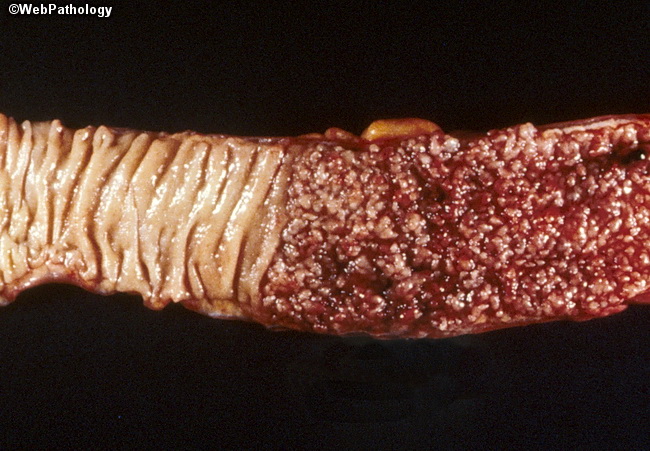Ulcerative Colitis : Clinical-II


Comments:
Ulcerative colitis (UC) pursues a protracted clinical course characterized by remissions and exacerbations. Patients often develop anemia and several nutritional deficiencies. Local complications of UC include intestinal perforation with chemical peritonitis, toxic megacolon (from inflammation-induced damage to myenteric plexus), venous thrombosis (iliac vein) and development of colorectal carcinoma. TOXIC MEGACOLON: Toxic megacolon is a complication that occurs in about 5% of UC patients during a flare up of the disease. It is defined as severe colonic dilatation during an acute attack of colitis. The clinical presentation includes bloody diarrhea, cramping abdominal pain, fever, tachycardia, hypotension, abdominal distension, and decreased bowel sounds. The diagnosis can be made with the help of imaging studies in the appropriate clinical setting. The dilatation results from accumulation of fecal contents and gas due to impaired contractility following damage to the myenteric plexus. It is initially managed medically; however, if there is no improvement within 48 to 72 hours, colectomy is performed due to the risk of perforation. The image shows a partial colectomy specimen with numerous small elevated polypoid nodules (pseudopolyps). In some cases, the polyps acquire filiform configuration as depicted in this case.



